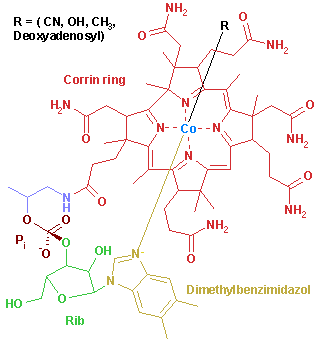Infertility as a result of vitamin B12 deficiency may be related to anovulation, abnormal cell division in the fertilized ovum or a lack of implantation due to megaloblastoid changes in the endometrium. Recurrent early fetal loss may also be associated with vitamin B12 deficiency, though rare.
The obstetrics histories of 14 patients presenting With 15 episodes of vitamin B12 deficiency were analyzed. Infertility of two to eight years had been present in four episodes, and recurrent fetal loss was a feature in 11. Two of these 11 cases had never had a full-term delivery. Case 1 had had seven spontaneous abortions before the finding of vitamin B12 deficiency. Treatment with B12 resulted in their first full-term delivery within nine months followed by two more full term deliveries. In six cases, miscarriages were followed by a period of infertility. In one case, after 3 miscarriages followed by six years of infertility, severe megaloblastic anemia was found with ahemoglobin of 5.8 g/dL and a serum B12 level of [less than] 50 pg/mL. Following parenteral B12 administration, the patient became pregnant immediately and delivered a full-term infant.
In 10 patients, a full-term delivery occurred after vitamin B12 therapy. Six of them almost immediately conceived.
Recurrent fetal loss in the presence of B12 deficiency may be due to elevated homocysteine levels and a resulting thrombophilic state. Pregnancy is already a prethrombotic state, and the homocysteinemia and increased risk of thrombovascular disease may cause thrombosis and inadequate perfusion of the placenta, preeclampsia, abruptio placentae, fetal growth retardation and stillbirth.
This study demonstrates the importance of measuring B12 levels in the evaluation of infertility or recurrent spontaneous abortions. Since folate therapy, high-folate diets, iron deficiency or thalassemia minor may mask a B12 deficiency, serum measurements are crucial.
Bennett M. Vitamin B12 deficiency, infertility and recurrent fetal loss. J Reprod Med 2001; 46:209-212
COPYRIGHT 2001 The Townsend Letter Group
COPYRIGHT 2001 Gale Group



